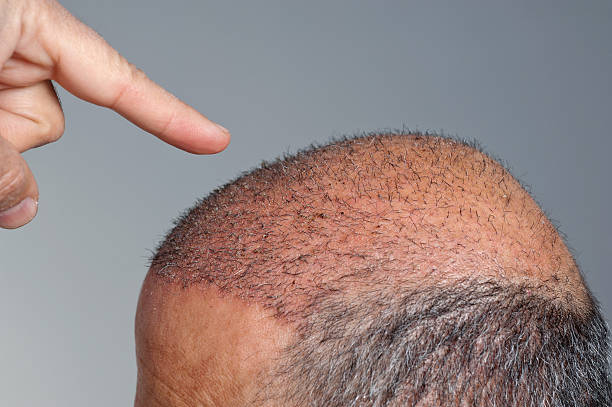The Science and Art of Hair Transplantation: A Comprehensive Guide
Hair transplantation has become a common procedure for people dealing with hair loss, thinning hair, or balding. This surgical procedure involves removing hair follicles from one part of the body, typically the back or sides of the scalp, and transplanting them into the bald or thinning areas. This practice dates back to the 1930s and has evolved significantly over time, leading to increasingly refined techniques and impressive results. This article explores the history, current practices, and future trends of hair transplantation, offering a comprehensive look at this fascinating intersection of science and aesthetics.

The Historical Evolution of Hair Transplantation
Hair transplantation began in the late 1930s in Japan, where dermatologists used small grafts to restore hair lost due to injuries, burns, or diseases. The procedure was later introduced to the western world in the 1950s by New York dermatologist Norman Orentreich. He developed the ‘donor dominance’ theory, which argued that hair follicles transplanted from areas resistant to balding would retain this resistance in a new location.
Throughout the 70s and 80s, surgeons used larger grafts, which led to a less natural appearance. The 90s saw the introduction of miniaturization, where smaller grafts were used to achieve a more natural look. The turn of the millennium saw the development of the follicular unit extraction (FUE) technique, which allowed for the extraction of individual hair follicles, reducing scarring and improving aesthetic outcomes.
Current Techniques and Practices
Today, the most common hair transplantation techniques are Follicular Unit Transplantation (FUT) and Follicular Unit Extraction (FUE). FUT involves removing a strip of scalp from the back of the head, dividing it into individual follicular units, and transplanting these units into balding areas. FUE, on the other hand, involves removing individual follicular units directly from the scalp and transplanting them.
While both techniques have their pros and cons, FUE is often preferred due to its less invasive nature and quicker recovery time. However, FUT can transplant more hair follicles at once, making it a good option for those with extensive hair loss.
The Impact and Reception of Hair Transplantation
Hair transplantation has had a profound impact on the way we view and treat hair loss. It has provided a solution for millions of people who previously had to accept their hair loss as an unavoidable fact of life. This has not only improved their physical appearance but also boosted their self-esteem and confidence.
The reception of hair transplantation has been largely positive, especially with the advent of newer techniques that provide more natural-looking results. However, like all medical procedures, it has its risks and potential complications, such as infection, scarring, and unnatural-looking hair growth. Therefore, it’s crucial to have a detailed discussion with a qualified surgeon before proceeding.
The Future of Hair Transplantation
The field of hair transplantation continues to evolve, with ongoing research and technological advancements promising to further enhance outcomes. For example, there’s a growing interest in stem cell therapy, which involves regenerating hair follicles using the patient’s own cells. There’s also ongoing research into cloning hair follicles, which could potentially provide an unlimited supply of donor hair.
Moreover, the use of artificial intelligence and robotics in hair transplantation is on the rise. Robotic systems like the ARTAS system are already being used to automate the FUE technique, reducing human error and increasing precision.
Unique Insights Into Hair Transplantation
While hair transplantation has been around for a while, and there’s a wealth of information available, there are some lesser-known aspects of this procedure. For example, it’s not just for the scalp; hair transplantation can be used to restore or enhance hair in other areas, like the eyebrows, eyelashes, beard, and chest.
Additionally, contrary to popular belief, hair transplantation is not just for men. While male pattern baldness is more common, women also suffer from hair loss and can greatly benefit from hair transplantation.
In conclusion, hair transplantation is a fascinating blend of art and science, providing a solution for those struggling with hair loss. It’s a field that continues to evolve, with promising advancements on the horizon. However, as with all medical procedures, it’s crucial to fully understand the process, risks, and expected outcomes before embarking on this journey.






